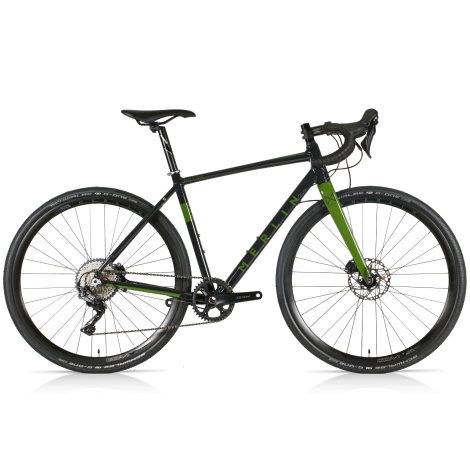When disused railway lines get re-purposed into trails for bikes, they often become an ideal alternative to busy roads.
Just because they are not economically viable for train traffic doesn’t mean nobody wants to travel the routes. The trails are often ideal for trips out of town or between outlying villages and more open countryside. While some trails offer amazing views, others take a trip through industrial history.
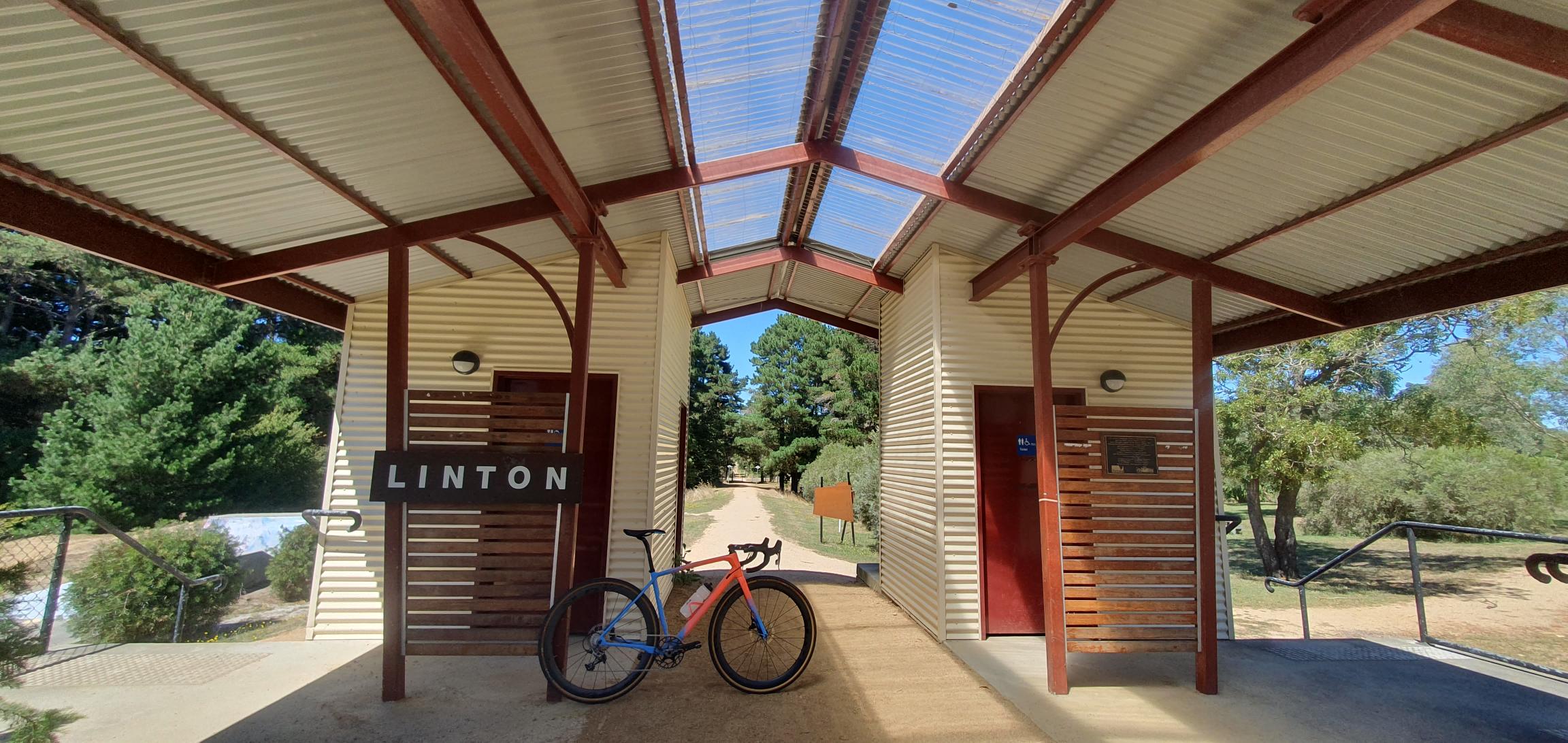
Over the last few years, I have ridden a few different former railway trails, including our local trail which I ride a fair amount. Here’s my list of what I reckon is so good about rail trails…
No Motor Traffic
Roads are getting busier and traffic faster. Riding where motor vehicles can’t, brings back the relaxing contemplative aspect to bike riding. Like riding a fully separate bike lane, rail trails are ideal for day-to-day riding, so rides to school, shops and even commutes to work are all do-able, if you live near a rail trail. Trails are often open to bikes, walkers and horse riders, so you do need to look out for other ‘traffic’, it just won’t have a motor.
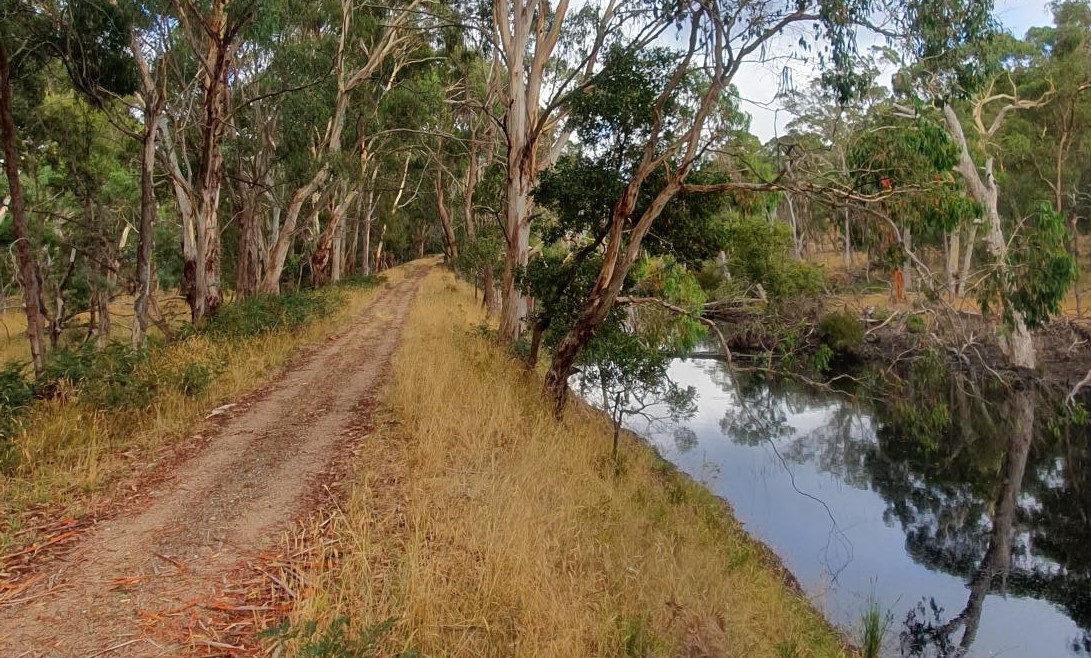
No Huge Hills
Whilst every rail trail is different, whether they are urban, rural or crossing open farmland they all have one thing in common: gentle slopes. Like me, trains are not good at climbing hills. Railways avoid steep climbs by contouring around hills, going through cuttings and over bridges. Some gradient profiles look steep but in reality they are never severe, except if the trail leaves the original railway alignment. On most railways, the steepest grades were 1 in 40, meaning the line would rise 1m in every 40. With gentle gradients, rail trails make for none too challenging terrain. Ideal for new riders, youngsters and anyone who wants to ride away from traffic but still cover decent distance. As well as no big hills, there are also no sharp corners.
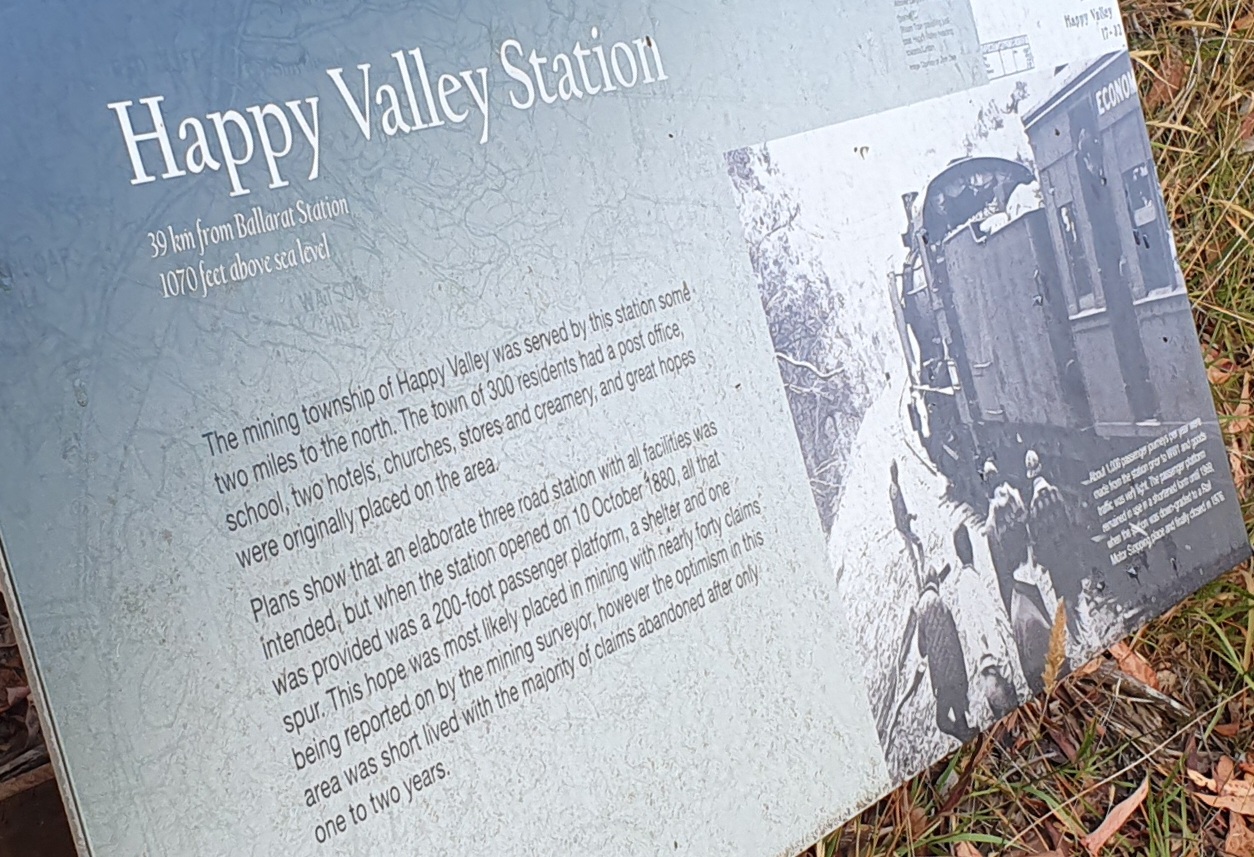
Check the Views
When you are not riding with motor traffic, it’s much easier to look around and enjoy the scenery. Without traffic, birds and animals also thrive around the trails. The high embankments and bridges across gullies and rivers can provide breath-taking views. Railway lines are also natural conservation corridors where you can find examples of the ancient trees and plants. In many instances former railway routes can take you to otherwise inaccessible places. Trails provide a window into the past to a time when railways opened up the country for people to experience a different way of life..
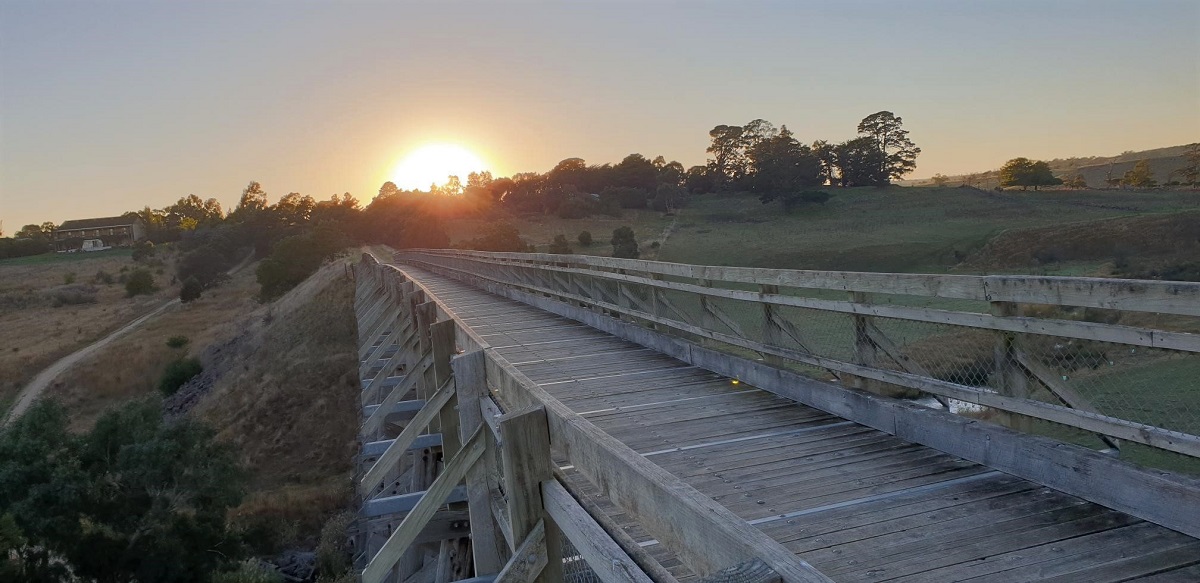
Cool Bridges and Tunnels
Infrastructure built for trains can produce some very different landscape experiences. Bridges, tunnels, old station platforms all add a bit of interest and give a glimpse into times gone by.
Well maintained
Depending on the local council, trails are usually well maintained. Some have sections of almost road like surface, most are fine-to-course gravel which can easily drain and tend to stay in decent-ish condition.
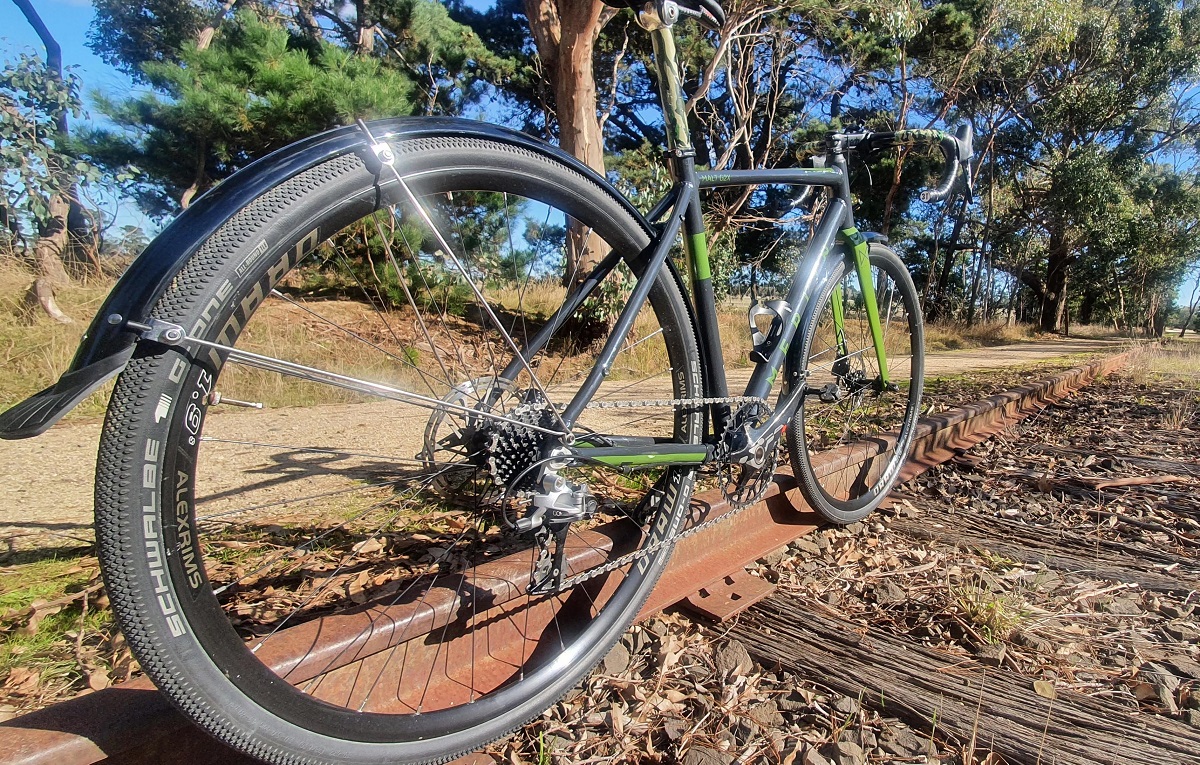
Any Bike…
Most rail trails are suitable for most types of bike. Fairly smooth gravel surfaces can be tackled on a road bike with decent tyres. Gravel bikes are ideal for rougher tracks and are also good for ‘off-piste’ detours onto connecting tracks.
10 Best in the UK
- Camel Trail, Wenfordbridge – Padstowe, Cornwall – 18 Miles
- Callander to Killin, Trossacks, Scotland – 24 Miles
- Bristol and Bath Railway Path, Somerset – 16 Miles
- Cinder Track, Whitby to Scarborough, North Yorkshire – 21 Miles
- Marriotts Way, Norwich – Aylsham, Norfolk – 26 Miles
- Deeside Way, Aberdeen to Ballater, Scotland – 41 Miles
- Ysywyth Trail, Aberystwyth to Tregaron – 21 Miles
- High Peak Trail, Middleton Top – Parsley Hay – 17 Miles
- Lanchester Valley, Consett – Durham – 12 Miles
- Forest Way, East Grinstead – Groombridge – 11 Miles

